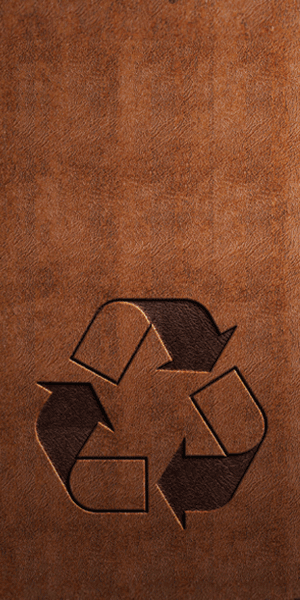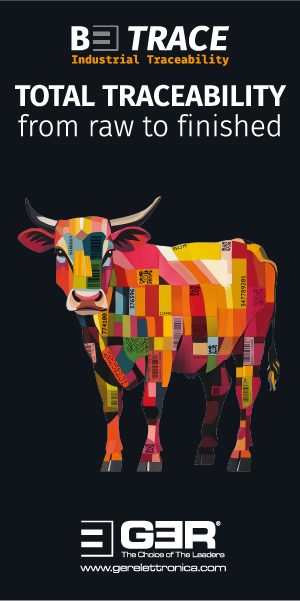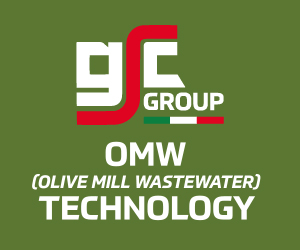Market Intelligence - 30.03.21
Macroeconomics
In politics, the conflict between China and the western world has dominated the headlines. China’s confidence is growing in any kind of criticism, in particular about human rights problems, are harshly rejected and countered with political and diplomatic action.
China’s success in coping with covid-19 is a second instance of successful resilience to a major crisis since 2008. This has, in the view of Chinese politicians and the Chinese public, proved that the Chinese way is superior to the American or European one.
In Turkey, President Erdogan has fired the head of the national bank. This has sent shockwaves into the currency market and the Turkish lira quickly lost value. Considering the strategic importance of Turkey as something of a bridge between east and west, and its influence in Africa and the Middle East, not forgetting Turkey is still a member of NATO, the situation in this country has to be closely watched.
Most of the remaining political matters of interest were local and related to the fight against the pandemic.
For business, the blockage of the Suez Canal is definitely at the top of the list of import topics. Logistics were already a nightmare and for each day the Suez Canal could not be used, the nightmare for international trade became worse. The extent to which supply chains and production will be hit is not yet clear, but every day between 50 and 100 ships have arrived to add to the congestion at the two entries to the canal.
The Suez Canal Authority confirmed that it had successfully refloated the container ship Ever Given on March 29, but it did not say how long it would take to clear the backlog of traffic. Shipping delays of between two and four weeks were already common and it looks as though we will see further trouble ahead. The congestion in the Suez Canal will cause knock-on problems in ports around the world and our experience suggests it is likely to be at least eight and maybe as much as 12weeks before everything is straightened out again.
The oil price has been on a rollercoaster ride, bouncing in a $10 range.
With all the global problems, the US dollar has in popularity. Investors consider the recovery in the United States to be much quicker than in Europe, and they are right. With all the money the new president is pouring into consumers’ pockets and infrastructure, the expectation of a quick rise in interest rates and United States is growing.
Leather Pipeline
One change in the past two weeks is that there has been something of a buying frenzy and it is now side leather that is riding the trend. There are certainly some automotive and upholstery tanners joining the party, but they are already far more worried about prices than about possibly missing out on a good thing.
In such a market situation, one always hopes that a cool-minded, rational way of thinking will prevail and stabilise things. It is still the case, as it always has been, that if there are no hides available, offering more money is not going to change anything.
All the uncontrolled activity has repercussions for the leather pipeline. The ongoing rumours and fears about a so-called shortage of raw material have triggered another round of hefty raw material buying, with the Chinese industry in the lead. Whether or not tanners in China can really justify what they are paying is a different subject for discussion. However, in the mindset of the industry taking ownership of raw material at today’s prices is justified by the success and profits tanners have had in the past six month and the control of raw material supply will offer the Chinese industry pole position for the coming season.
To an outsider, it seems that China’s ability to keep the pandemic under control for nine months already is now having an effect on the economy and this includes the leather pipeline. The Chinese see their consumer market as booming and their economy thriving. They feel that China can control things much better than anybody else now. If one needed proof, a glance at the summit between the US administration and the Chinese delegates held last week in Alaska provided it. China is flexing its muscles and with the strength it has built up, it is not easy to deal with. Plenty of big global brands could tell the tale of what happens when anyone dares to utter express any kind of criticism of the Chinese way of handling things.
This is also reflected in business. A confident mood in China, plus a promise of support from the government enshrined in the latest five-year plan, means that companies there, including those in the tanning industry, perhaps feel they can take more risk than previously. This results in a situation in which no one seems to care about consequences; everyone cares only about the next deal and a better price. There are times when the buyers call the shots; this usually means that business is slow. There are times when sellers are in command and this generally means that demand along the pipeline is good and positive.
Sellers are beginning to decrease their offers and, at the same time, buyers seem to be more convinced than before that they have to increase production and inventories to meet expected demand and consumption in the second half of the year when the pandemic is under control thanks to vaccination programmes.
Let’s have a look at a few facts that people should at least take into consideration. Even if you believe that you have no option today other than to secure raw material, you should always be aware that there are other factors that have to be considered as well.
A consequence of transport bottlenecks is stress in many supply chains. In the leather industry this means not only for raw material, but also for chemicals and machinery spare parts. Logistics also affect the timely arrival of finished products in their target markets. Raw material shipped today from Europe or the US towards Asia is burdened with a minimum four weeks of delays. All promises that this would get better have come to nothing and realistically we cannot expect conditions to ease before May or June. The blockage in the Suez Canal has created additional stress and the long-term consequences cannot be judged yet.
Slow-downs in automotive production owing to shortages of semi-conductors have already been widely reported. So far, automotive manufacturers are playing the risk down. It’s even true that premium manufacturers, in particular in Europe, are still in a position to run their plants at normal levels, as can be seen from the production levels at large automotive leather suppliers in Europe. But it’s difficult to know how much we can rely on information from these sources.
Automotive brands claim a high level of partnership with their suppliers, but the reality is a different one. They will always push problems down the road.
The consumer market situation in Asia and the United States may look optimistic. In China the pandemic plays no role any more and the speed of vaccinations in the US is raising hopes of a quick recovery in the economy. Delayed demand from consumers and the stimulus bill is making retailers increasingly optimistic.
Europe may see a much longer delay in its recovery than what people are hoping for. The speed of vaccinations is far too slow. Under present conditions it is very unlikely that we will manage to see a normal summer in Europe. There is no clear picture of how society and consumer attitude have changed after this long period of restrictions. What will people be keen to spend money on? We tend to believe that the first thing is going to be social activity. This might mean dining out or holidays or attending concerts, watching a football match at the stadium and maybe also a round of delayed shopping as another social event.
People will want to meet people again and to entertain themselves after this long and exhausting time, but we are not 100% sure if this is going to be also reflected in purchases in shops.
Quite a lot of public events have been delayed, including weddings, birthday parties and social events with friends. Dressing well for some of these events will be important, providing some optimism for a recovery of business. Formal dress shoes, suits, dresses, handbags and other accessories should see a decent recovery. The other side of the coin is the standard, commodity apparel. People have been able to shop for these items online and purchase decisions are not really driven by look and feel. Consequently, we cannot share the general optimism for a major rise in consumption of, say, standard leather shoes.
Then there is price. A proper calculation reflecting the price increase in raw material, other materials, production and transportation must lead to a sharp rise in the price of finished products. For years, consumers have not seen rising prices and the shock may be even bigger when retail switches quickly from discounts of the old stocks to the pricing of new arrivals.
Raw material buyers have been willing to spend 5% to 10% more every week. Chinese buyers are not famous for being easy buyers at higher prices. Nor have they given the impression of having let stock run low. They must have a strong conviction that they will get the finished leather prices they need on the basis of today’s replenishment costs.
The spread between split and grain is becoming far too wide not to trigger a reaction in prices. Either the raw material market is ready for a major correction or split demand and prices will jump. Many will begin to look for action when the new prices for grain leathers are on the table. Last season there was little incentive to look for split, but this is different now.
The skins market has revived in recent weeks. We are not talking about high-quality, niche articles which were not doing badly anyway and showed strong resilience against the market problems of 2020. Several of the big players form China and others markets have been busy grabbing every skin they could get at discounted (below processing cost) prices. This still looks like speculation and not a need to meet existing leather orders, but what can go wrong if you buy skins in Europe and the Middle East at prices between $1 and $3 per piece?
In general we see a similar scenario as in the split market. If you believe in a recovery in demand, in a normalising of the consumer market across the globe, if you understand that the supply chain is long and you have to be proactive, then it is high time to secure as much raw material as you can at the discounted prices that can still be found. If not, than you would be better closing your factory down because prices will not fall any further.
The forecast for the coming weeks is as difficult as ever. Decisions are being increasingly driven by emotion and speculation and less by facts and reason. The consequences of the Suez Canal disruption will need to be examined. Shippers should get ready for a new wave of surcharges, which will be asked by shipping lines in the coming months.
It is unlikely that the dynamic that has been triggered in the past weeks will fade quickly. Sellers will ride the wave and if the leather pipeline enjoys consumer demand for leather products, which is now spilling into the supply chain, we will just have to deal with the rising prices. Once again, if the demand is real and a true reflection of the situation, we will not have enough raw material unless splits and small skins are used as resources as well.
We would love to believe that there has been a fundamental change in leather’s popularity, but despite the market optimism about a post-pandemic global consumption boom, we cannot find too much evidence of it yet.












